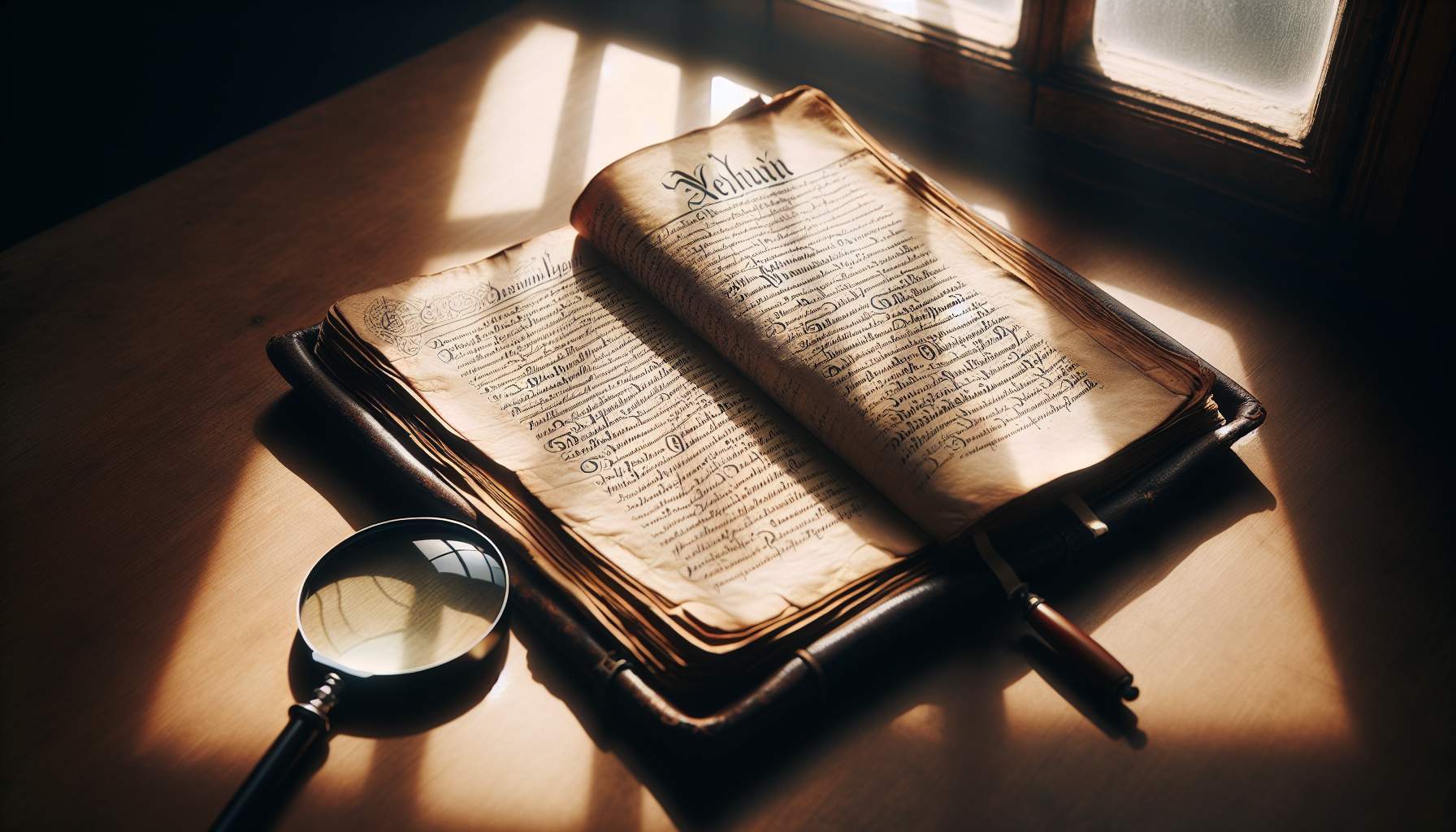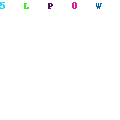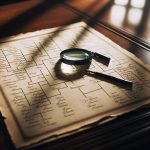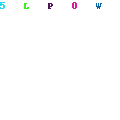Katherine Schober, the brains behind SK Translations, is a pro at making sense of old German script. She’s got the inside scoop on what it takes to dig up your German roots and is throwing open her virtual doors for anyone eager to learn through her web classes.
What led to the creation of SK Translations?
Hailing from St. Louis, Missouri, my journey with the German language began in high school and continued through to a Master’s degree focused on German studies. This academic adventure led me to spend a transformative year in Salzburg, Austria as part of my program. It was there I met my future husband, an Austrian native. We carved out our life together in Austria for several years, where I embraced the role of an English teacher while also dabbling in translation work from German.
Our home has always been a linguistic blend of cultures, maintaining our connection to the German language daily. Our bond with Austria remains strong, marked by yearly visits back. In 2014, we embarked on a new chapter by moving to Boston. My initial stint at a translation firm soon gave way to entrepreneurial aspirations leading me to establish SK Translations. Without initially setting out to do so, I found myself increasingly drawn towards translating historical documents—old letters and diaries predating or from around World War Two era captivated me the most due to my keen interest in history.
Genealogy eventually became the cornerstone of SK Translations, allowing me to dive deep into the nuances of archaic German vocabulary and phrases no longer in use today. The challenge extended beyond mere words; it involved mastering an old form of German handwriting that demanded self-taught lessons and occasional guidance from my husband’s grandmother back in Austria.
Recognizing a common interest among my clients—a mix of professionals and hobbyists—in deciphering records written in this ancient script led me to develop an online course aimed at teaching just that. The course breaks down learning into engaging steps: starting with basics like alphabet recognition; understanding key terms often found in birth, marriage, death records or occupational documents; followed by hands-on transcription practice using authentic historical documents.
It’s been incredibly rewarding seeing students go from beginners to confidently reading their ancestral records independently because of this course’s interactive tools such as flashcards and quizzes designed for fun yet effective learning experiences.
Who are your usual clients and why do they come to you?

Many individuals, driven by a deep curiosity about their roots in Germany, Austria, or Switzerland, turn to my services for assistance. The majority come across my work either through the detailed articles on genealogy I’ve penned for my website or by interacting with me at various conferences dedicated to family history research. Often, these are people who’ve stumbled upon old correspondences tucked away in the nooks of their homes or have unearthed intriguing records through platforms like Ancestry and FamilySearch. Their primary goal is to decipher these documents to piece together the stories of their ancestors. This quest for understanding not only fuels their passion but also bridges the gap between past and present generations.
Interesting work-related stories you’ve heard?
Delving into historical diaries offers a remarkable window into the past, allowing one to connect deeply with those who lived lifetimes ago. The act of translating these personal accounts not only uncovers the everyday realities of yesteryears but also strikes an emotional chord with families seeking to understand their ancestors’ experiences.
One particularly striking account comes from a woman in the early 20th century, embarking on a transformative journey from Germany to America. Her diary entries paint a vivid picture of her voyage across the Atlantic Ocean, highlighting simple pleasures such as tasting butter for the first time—a stark contrast to her usual margarine back home. It’s through these mundane yet profound details that we get a taste of times gone by.
Another captivating story is told through the diary of a woman voyaging from Germany to Thailand during the same era. Her narrative takes us through exotic locales and bustling ports, all while expressing a persistent longing for her husband’s company. The anticipation builds page by page, leading up to their reunion—only for the diary to cut off abruptly upon her arrival in Thailand, leaving readers hanging on for an ending they’ll never read.
Translations also extend to letters from Civil War soldiers providing raw insights into historic battles, and documents dating as far back as 1533. Each translation not only brings history alive but also fosters an intimate understanding between present generations and their forebears.
Through these diaries and letters, we’re reminded how personal narratives can dramatically enrich our understanding of history—turning names and dates into real stories of love, adventure, and day-to-day life. These translations bridge centuries, connecting us with individuals whose lives seem so different yet share universal themes of human experience that resonate across time.
When is enrollment open for your course?
The online course « Reading the Old German Handwriting » is available throughout the year, providing a flexible learning schedule. Registration guarantees permanent access to the material, an aspect highly appreciated by learners. This feature caters specifically to those delving into genealogy, whose interest may fluctuate due to seasonal commitments or varying schedules. The ability to revisit lessons at any time allows users to review materials at their own pace, ensuring they remain sharp in interpreting historical records whenever they decide to resume their research.

















